The application of scientific and technological solutions in the conservation of wild elephants and biodiversity in the forest area is focused on by the Elephant Species and Habitat Conservation Area Management Board.
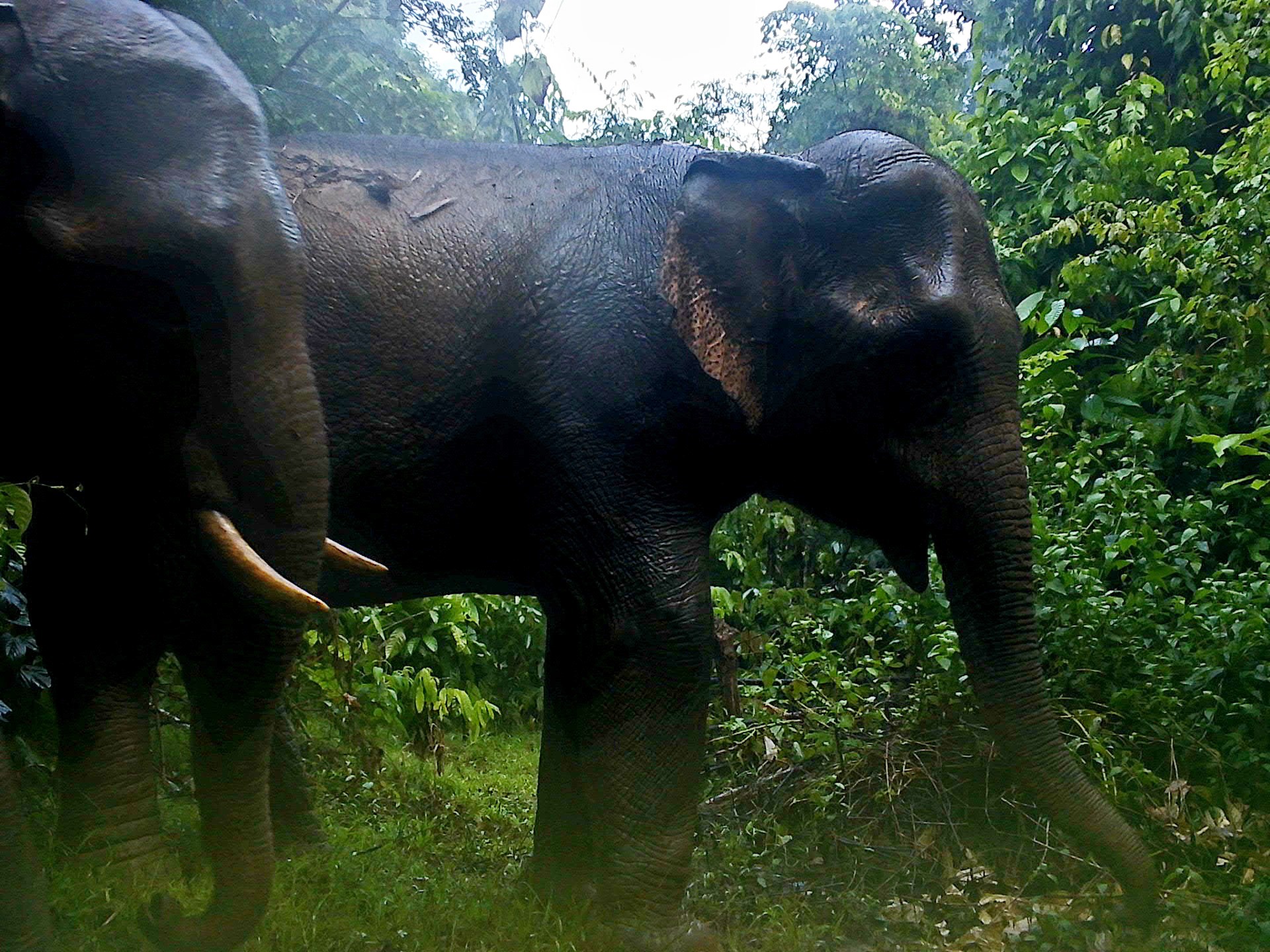
The Quang Nam Elephant Species and Habitat Conservation Area covers an area of nearly 19,000 hectares, located in Que Lam and Phuoc Ninh communes (Nong Son). The conservation area is located in the area of the Green Truong Son project in Quang Nam province funded by the United States Agency for International Development. The buffer zone of the conservation area covers an area of 24,985 hectares, including 22 villages (belonging to 9 communes, 5 districts), and is the first conservation area specializing in elephants in Vietnam.
Quang Nam is one of the few localities in our country that still has a natural distribution of Asian wild elephants with about 13 - 14 animals divided into 3 populations, including about 5 - 6 individuals in the area of Bac Tra My and northwest Tien Phuoc; 8 individuals in Nong Son district.
Mr. Mai Van Duong - Director of the Elephant Species and Habitat Conservation Area Management Board said that in order to effectively carry out biodiversity conservation in general and the conservation of wild elephants in the forest area, from the beginning of the year, the Management Board has developed a plan and set camera traps to monitor elephant herds; placed warning signs of dangerous elephants in areas bordering people's production forests to avoid conflicts between humans and elephants.
Accordingly, a total of 28 RECONYX HC550 camera traps were randomly installed throughout the entire area of the reserve with a 2.5X2.5km square grid. Currently, there are 33 camera trap locations in the entire reserve forest area according to the system. After 2 months of setting camera traps, the Management Board staff will proceed to remove the traps and collect data, store and analyze with the support of Wildilfe Insights software.
This camera trap system aims to randomly record all species of animals, birds... present in the reserve, creating an initial database. The Elephant Species and Habitat Conservation Area installed a camera trap system throughout the forest in 2019 and has collected many rare species such as large-antlered muntjac, grey-shanked douc langur, gibbon...
It is expected that in 2023, the Management Board will continue to deploy the second systematic camera trap installation throughout the forest. The Management Board will also deploy a camera trap system in areas where elephants often appear to identify each individual, the structure and physical condition of the elephant herd, and determine the frequency of appearance in each area to have appropriate protection solutions.
The Management Board also uses SMART software to manage and direct forest patrols, protect forests and monitor biodiversity. Previously, during forest patrols, the reserve staff used LOCUS software to record patrol times.
From September 2022, the Management Board will start applying SMART Mobile software in patrol work. Patrol teams of stations are required to use SMART Mobile software to report to leaders when patrolling.
Each person must patrol the forest area for at least 15 days. Leaders will evaluate, direct and manage based on the results of SMART patrols. After 5 months of implementing SMART Mobile on smartphones, the Management Board has initially assessed the advantages of SMART Mobile, making forest protection management and biodiversity monitoring easier and more accurate.
In addition, in species conservation, the Management Board also uses gibbon recording devices to assess the status and distribution of gibbon species in the forest. In addition, to serve biodiversity conservation, the Management Board uses PLANET software to monitor forest changes...
Source


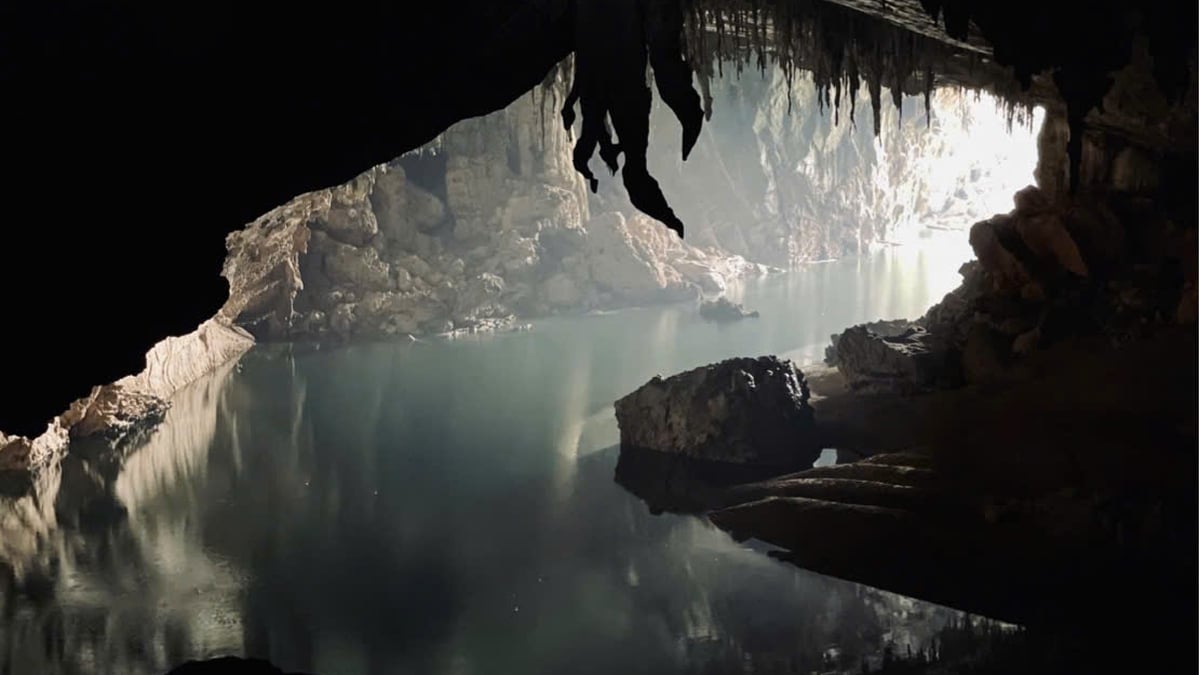
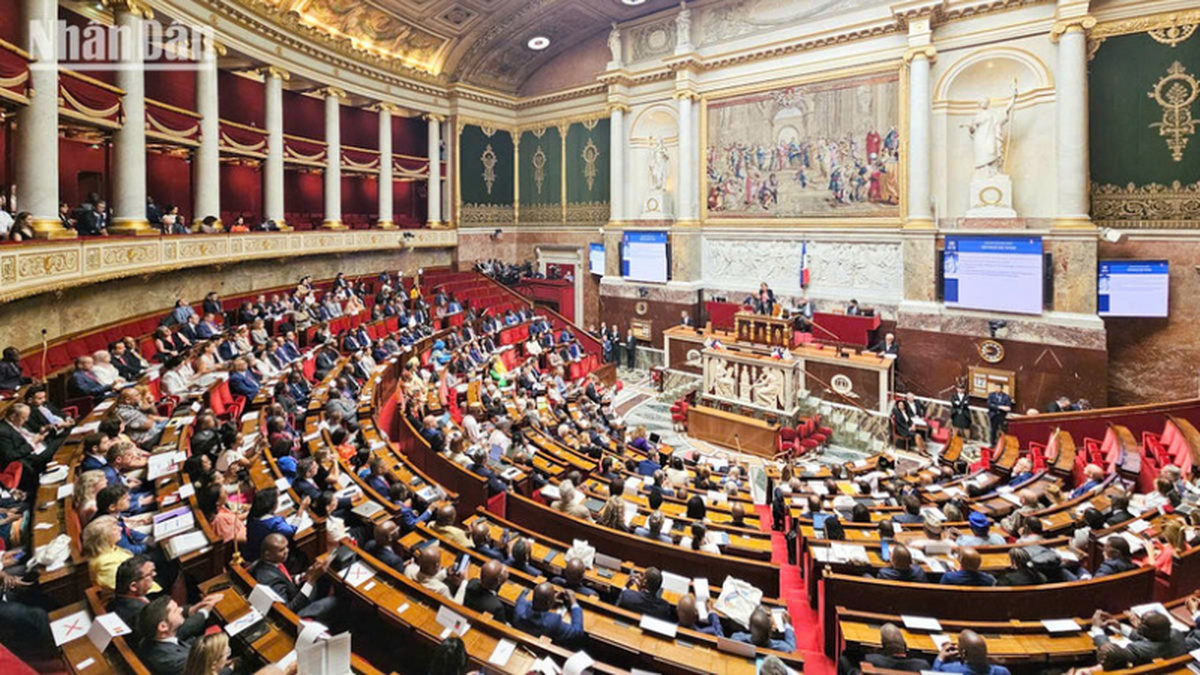
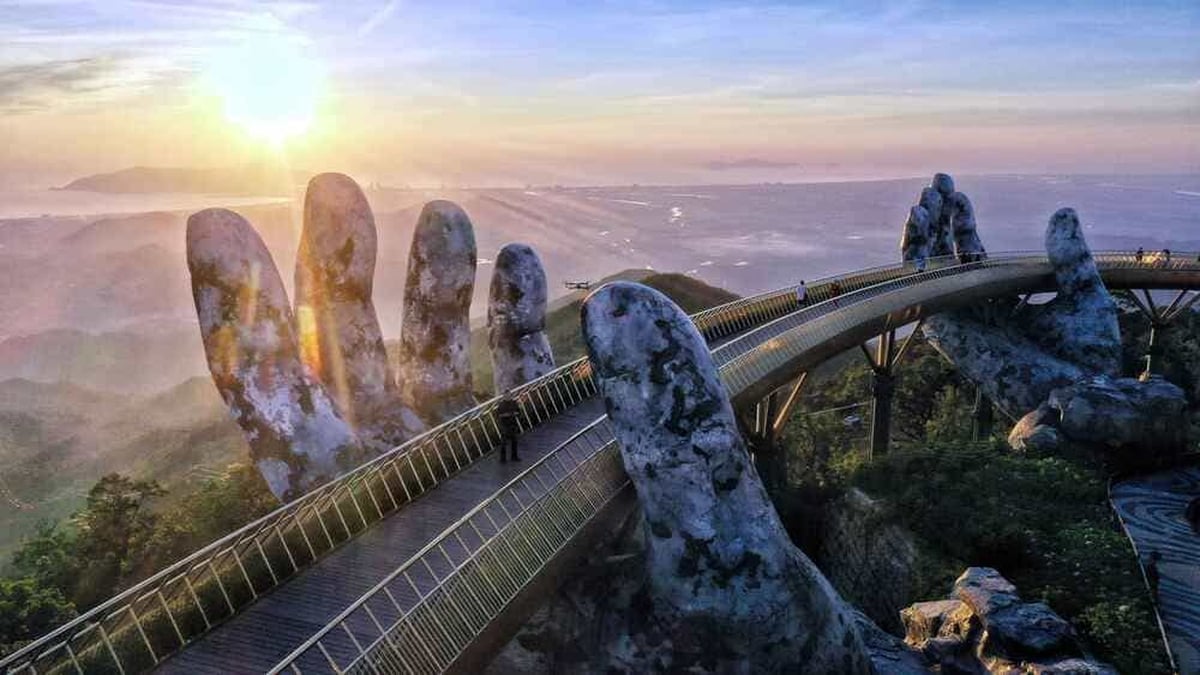
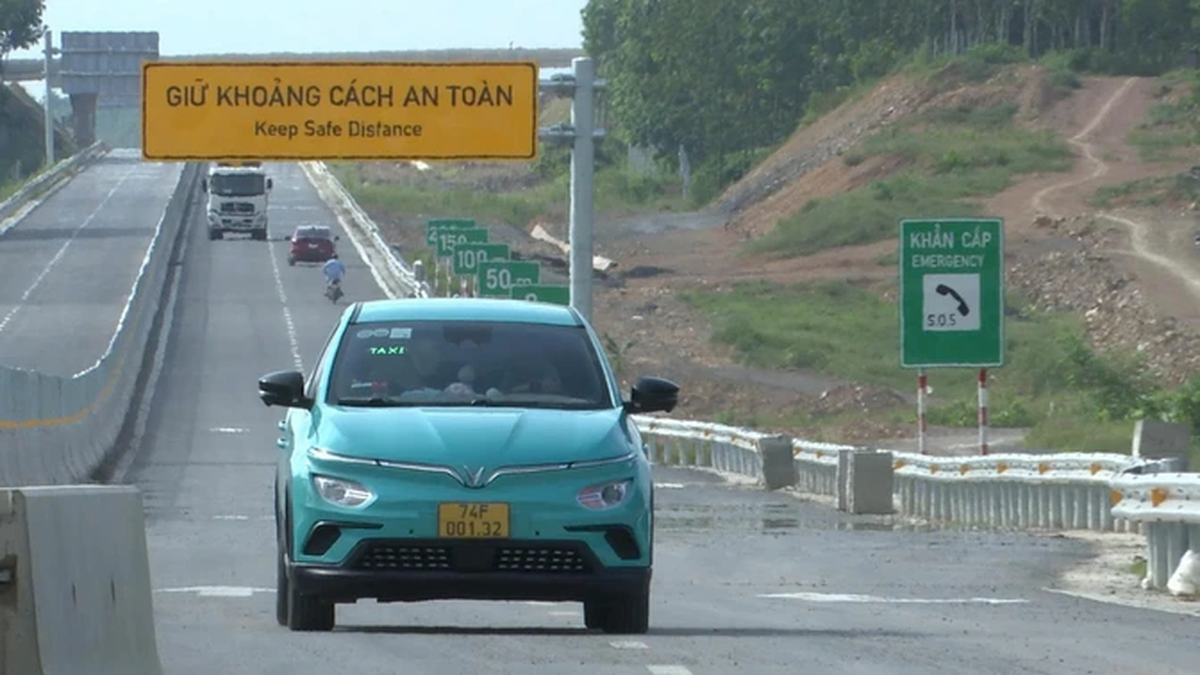
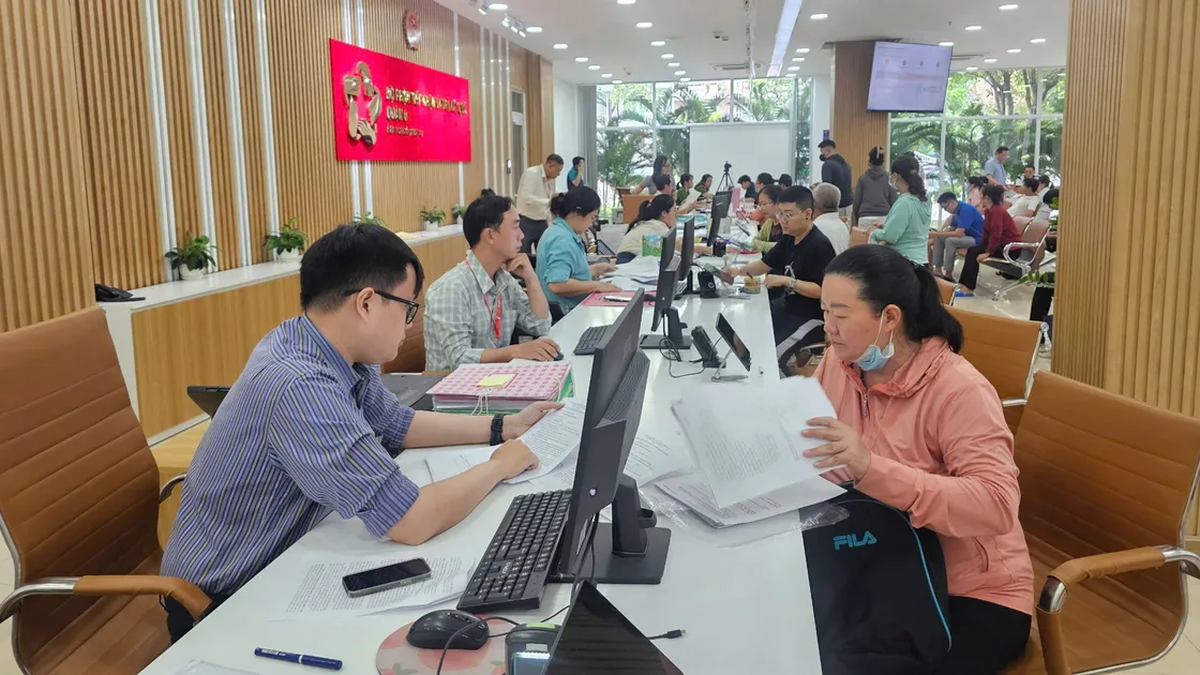
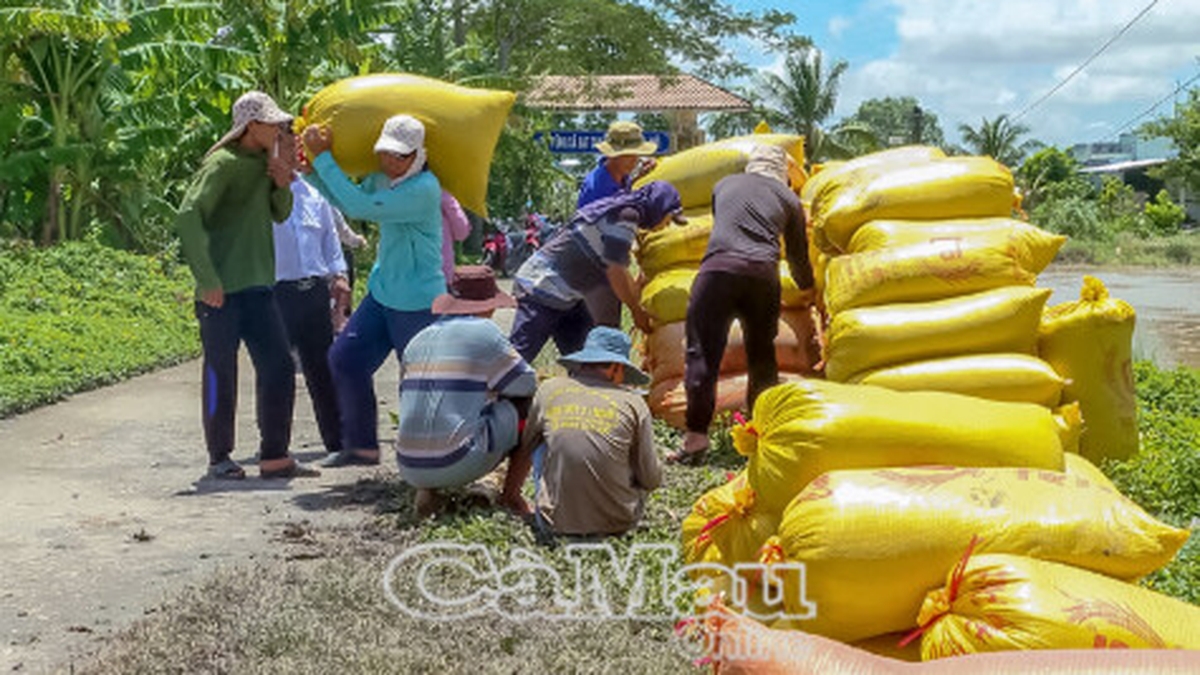
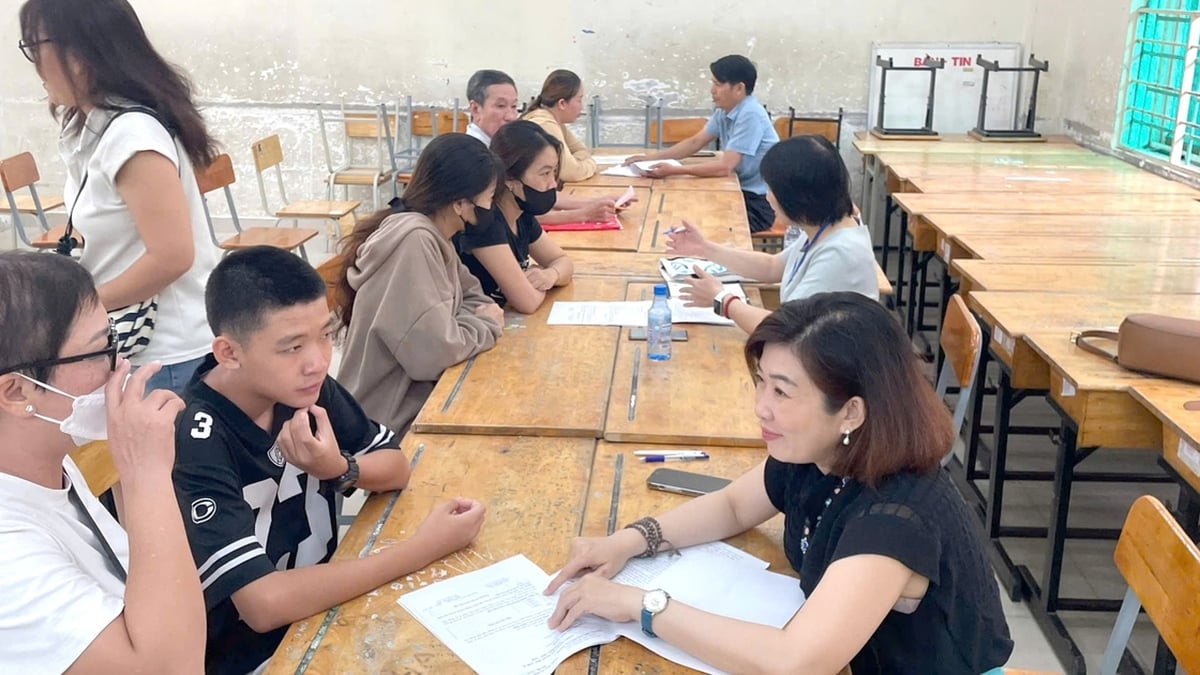
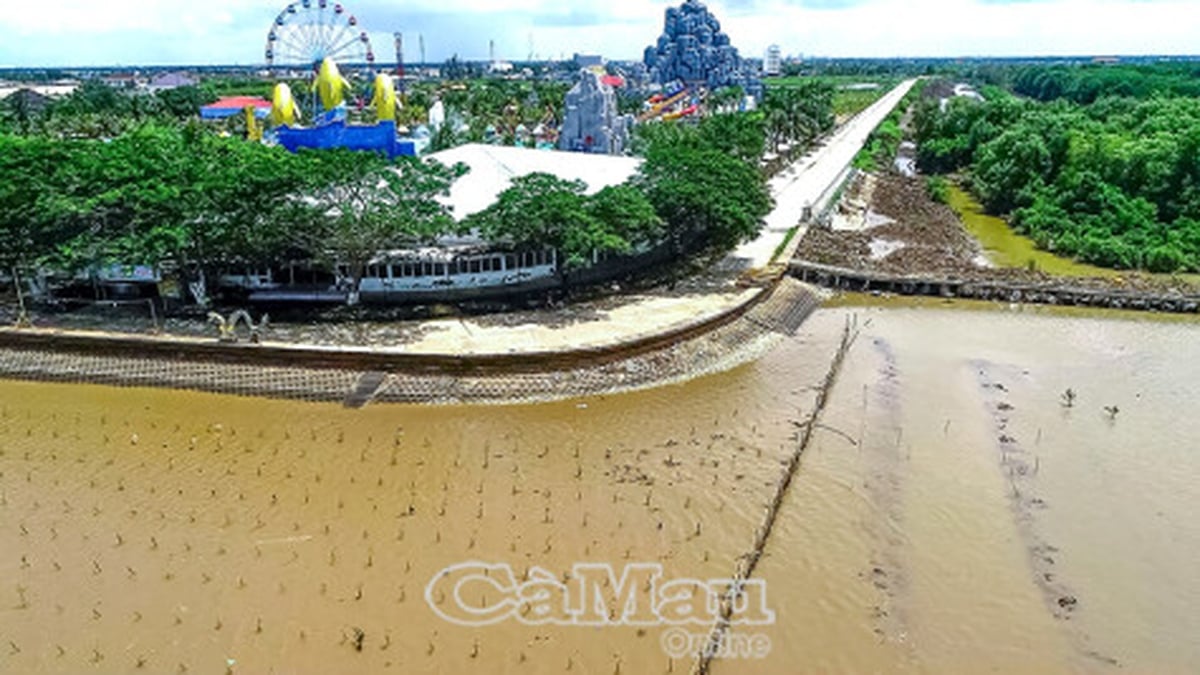
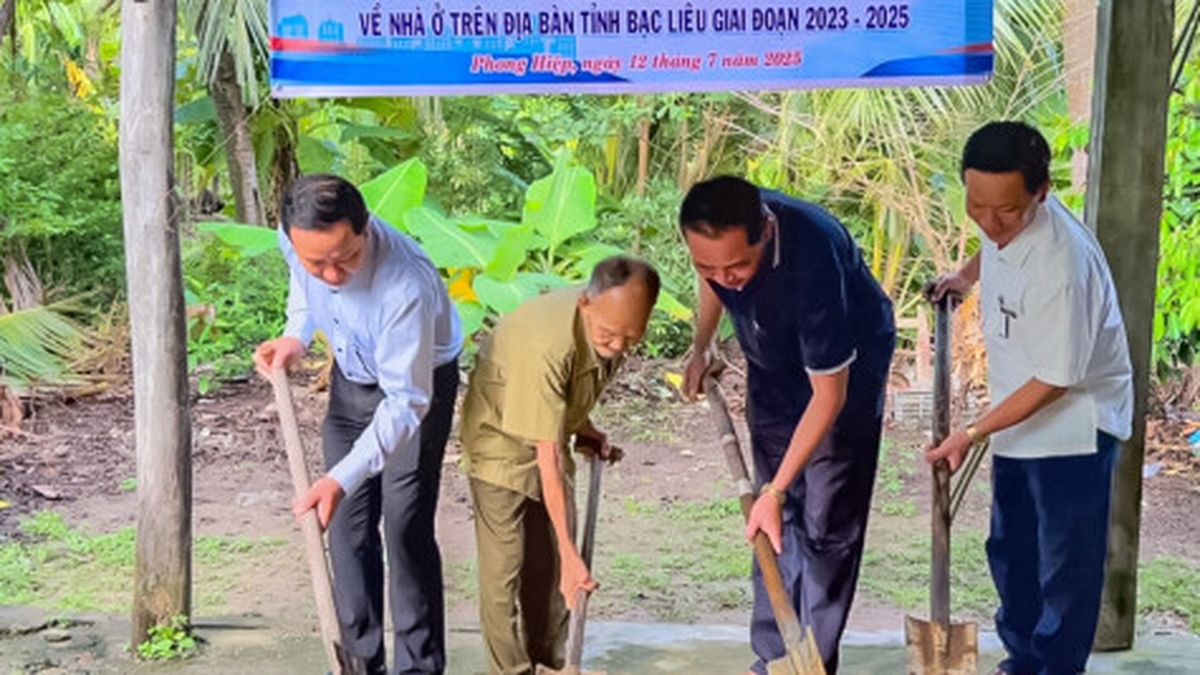




























































































Comment (0)